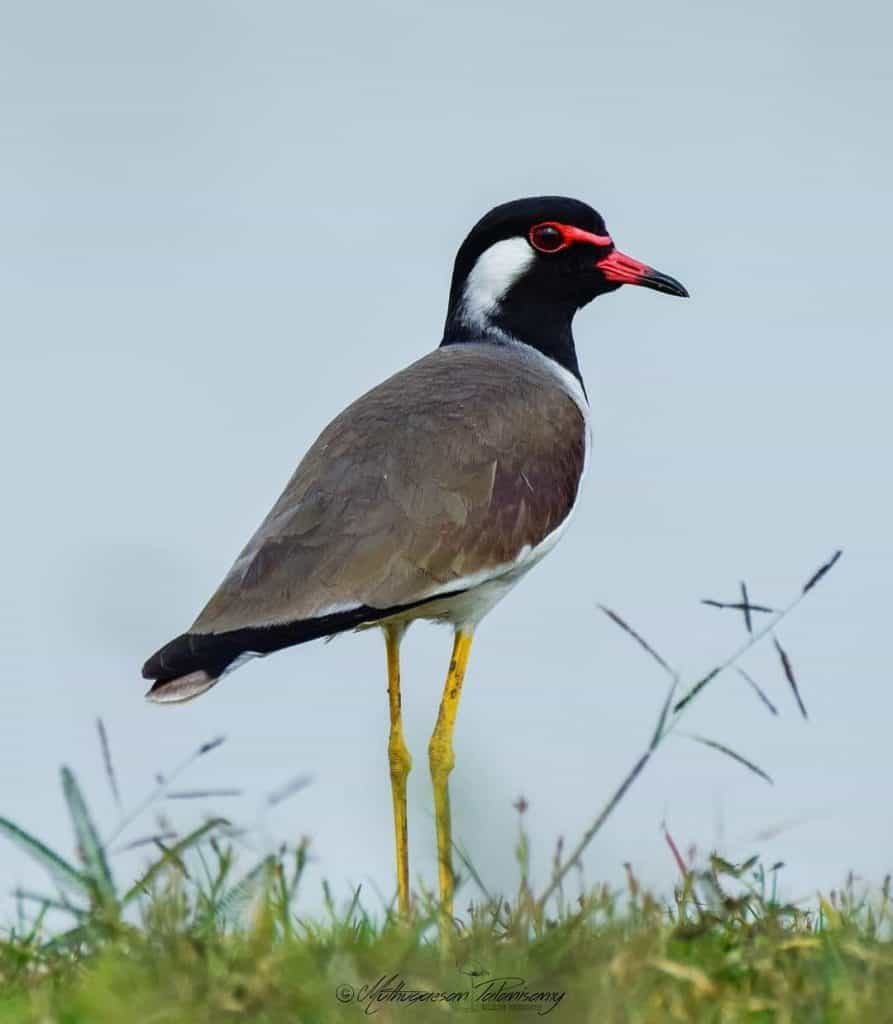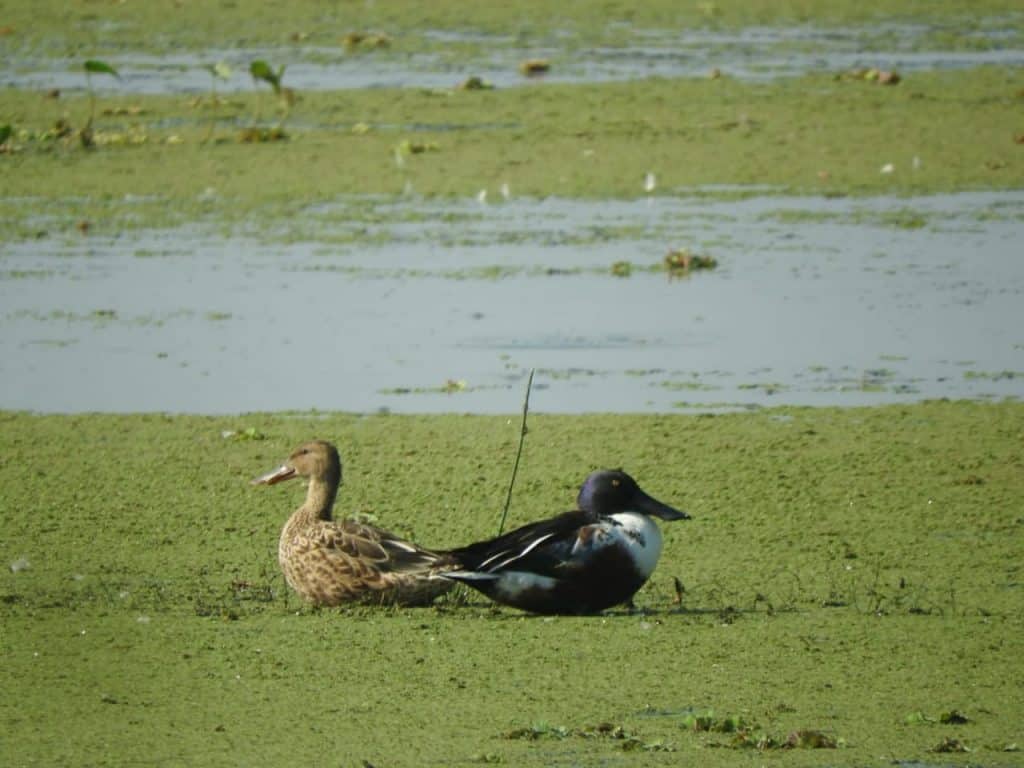It was a little past 8 am on a weekday. The two-lane Perumbakkam Main Road bustled with office-goers rushing past in their cars, students waiting at the bus stop and many others thronging the roadside tea shops. The large Sholinganallur marshland (which is part of Pallikaranai marshland) is bisected by the road, yet disconnected from all the busy activity. The marsh provides a picturesque view of birds roosting on the trees, hovering for prey and flying off to the nearby water bodies.
With binoculars around his neck and an office bag by his side, Deepak Venkatachalam squints his eyes to spot the water birds. Nature walks and bird watching are a way of conservation for Deepak Venkatachalam, an avid naturalist and software engineer by profession. He is determined to pass on the hobbies to the younger generation. Deepak is a member of Paravaigal Sool Ulagu, a group that uses social media to reach out to citizens and spread the message of conservation. What started off with just four people a year ago is now a collective of more than 185 enthusiasts, who have made bird watching a part of their lives.
I was intrigued when Deepak explained the behaviour and migratory patterns of the birds. Two black-winged stilts stand on the water, with one leg on the other as if they are meditating. This posture helps keep them warm, I am told. As we move forward, a frightened Red Wattled Lapwing frantically flies and lets out a shrill cry, alerting the fellow birds about us, the outsiders. On the water, a flock of Spot-billed Pelicans, Little Cormorants and Whiskered Terns indulge in group hunting: Cormorants take dips and emerge with fish and a few metres above, whiskered terns hunt those missed by the former. The unity and teamwork among the birds are difficult to miss.
Cultivate and conserve
Many locals are unaware of the avian population in this part of town. That this wetland on Perumbakkam Road houses more than 170 species of native and migratory birds is known to very few and it is this that motivates people like Deepak to take up birding and spread the word.
The ultimate goal of these enthusiasts is to get closer to nature and conserve water bodies. But how does bird watching help in that? “You got to admire something to protect it. We engage citizens and encourage them to participate in nature walks and bird watching. It creates a sense of ownership among the citizens, who will protest against encroachment and pollution of water bodies once they are familiar with the ecosystem here,” explained Deepak.
Bird watching: Do’s and Don’ts
|
The group has conducted bird watching over 45 weekends in the past year, reaching out to 600 citizens, with the support of the forest department.
In collaboration with important stakeholders — organisations, forest department and citizens — they work tirelessly to conserve the water bodies. A typical weekend starts at 6.30 am, when they take out a group of students or office goers to spot birds. After the time on the field, the participants are taken to the Pallikaranai marshland interpretation centre in Karapakkam, where the origin, food and behaviour of these feathered beauties are explained to them.

The behavior of the birds are explained to the first time bird watchers at the Pallikarnai marshland interpretation centre. Pic: Paravaigal Soil Ulagu
Having become experts on the subject, the members of Paravaigal Sool Ulagu have donned the mantle of guides in their neighbourhood. “Chennai is blessed with water bodies in every neighbourhood. We have had sightings of migratory birds such as Yellow Wagtail (from Europe), and Common Sandpiper (subtropical Europe and Asia) in Madambakkam lake,” said Nirmal Kumar, a college student and a Madambakkam resident. Nirmal is also part of another group called Pattam Poochi that educates citizens in his neighbourhood about conservation.“The young generation is interested in the hobby. All they need is someone who can guide them,” added Nirmal.
In a span of under two hours on the field, Nirmal says they spotted 30 species of birds including Spot-billed Duck, Northern Pintail, Northern Shoveler, Lesser Whistling Duck, Eurasian Coot, Eurasian Moorhen and Ashy Prinia as well as a few species of aquatic plants such as Azolla, Duckweed, Pistia and Typha. Then there were the dragonflies and butterflies.
Winged treasures of the city
Chennai has a diverse ecosystem. With wetlands such as Pallikaranai, reserve forests such as Nanmangalam and quarries at the outskirts, the city shelters hundreds of bird species. “In the recently conducted Bird Race, enthusiasts recorded 112 species of birds on a single day. I am certain that we have more than 150 varieties,” said Chandra Sekaran, 57, a retired banker turned nature-enthusiast.
It is no hidden fact that water bodies in the city are victims of encroachments and ill-treatment from public and government. “They (the birds) just exist, despite the poor quality of water and scarce monitoring. The number of species and the number of birds of every species will increase if the water bodies are restored,” added Chandra Sekaran.




Pallikaranai should not receive waste leachate. It could be toxic pollutant.